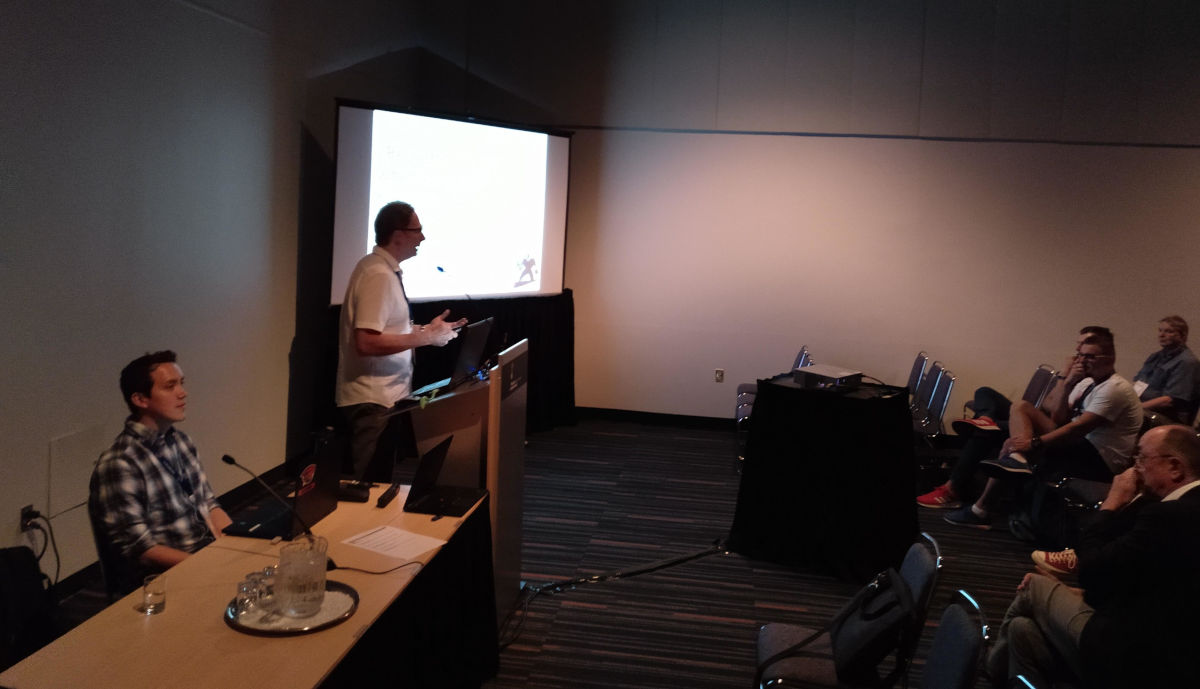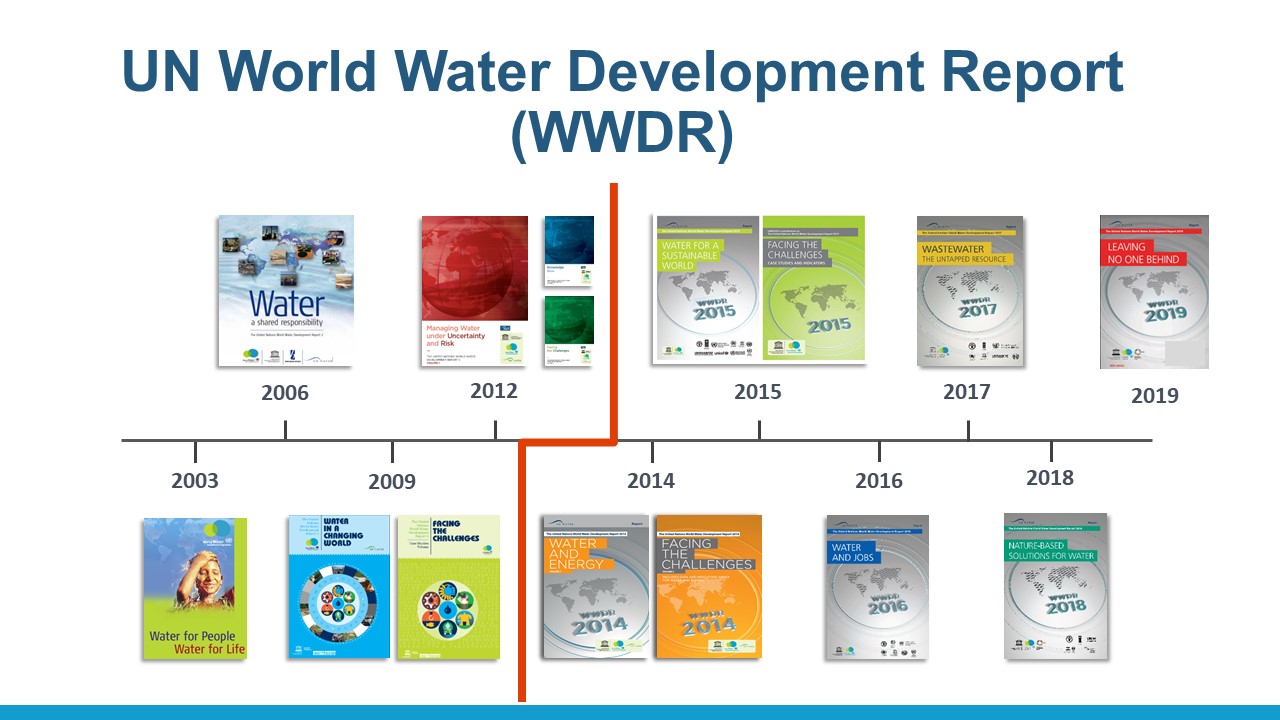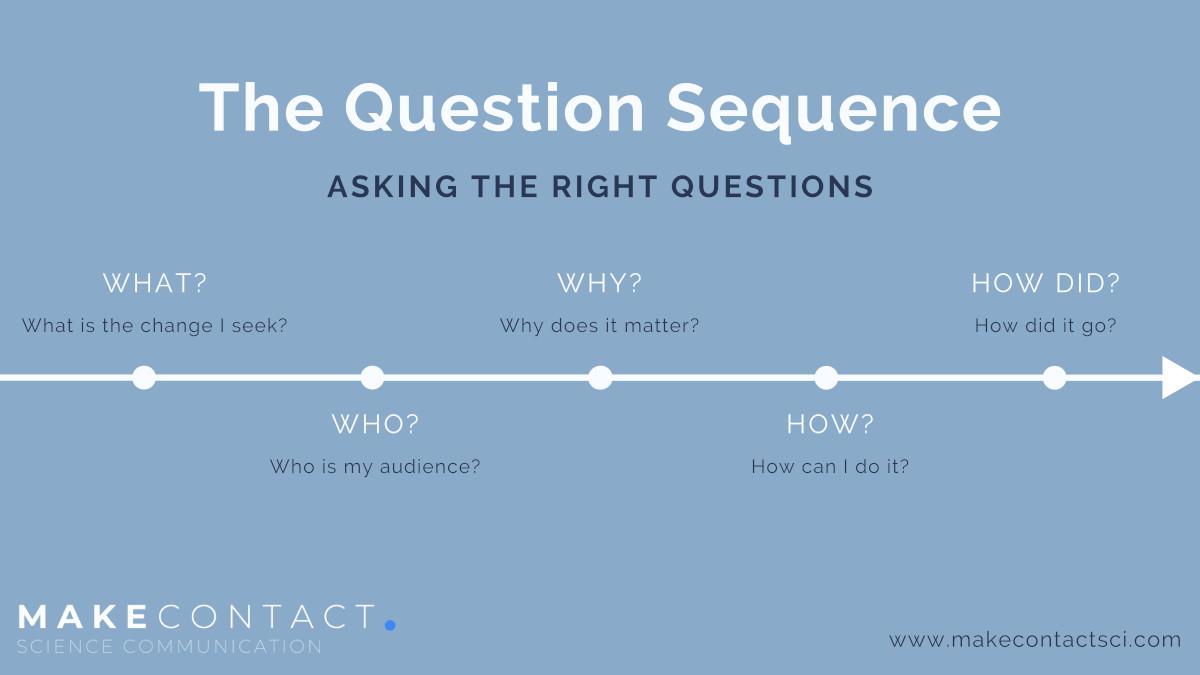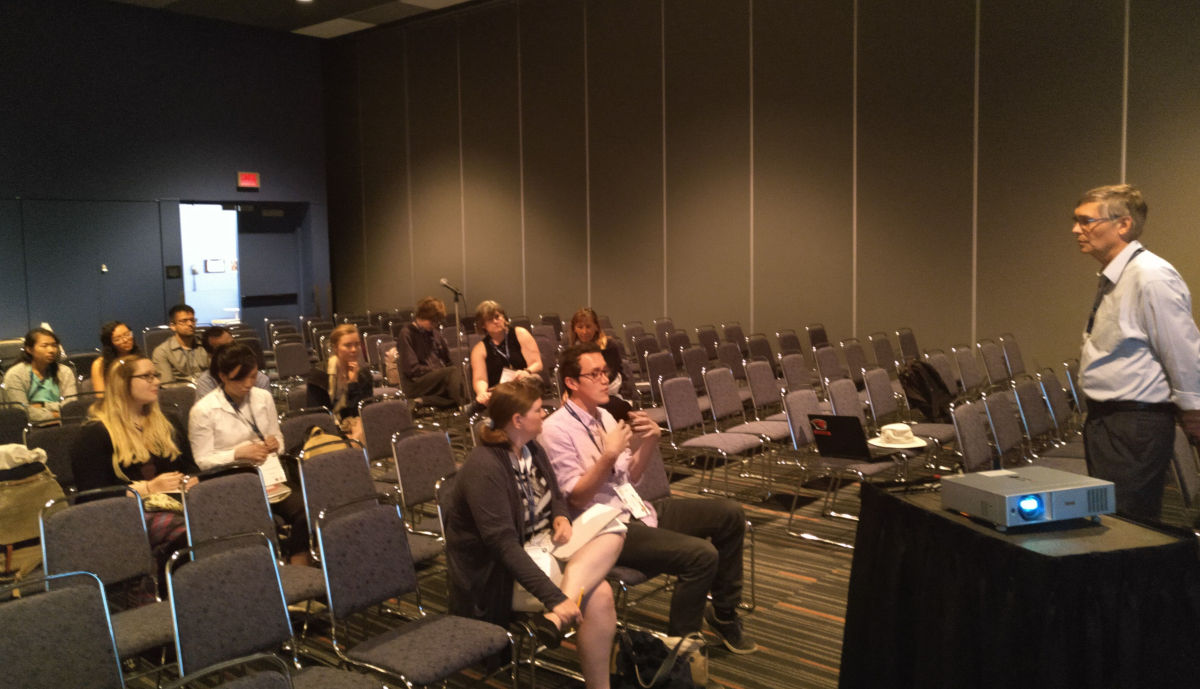The IAHS Early Career Committee (ECC) organized the Science Communication workshop at the IUGG General Assembly in Montreal. Three speakers were invited to talk about various subjects on how to communicate scientific results to the general public. The talks were followed by a fruitful discussion on the motivation to actively reach out to the public personally and on behalf of the hydrological community. This blog post highlights the key points raised by the speakers and summarizes the outcomes of the discussion.
Our first speaker was Hubert Savenije from the Delft University of Technology (the Netherlands), who gave a presentation on science communication through traditional media, such as newspapers, radio, and television. One of the main points he made was that the communication departments within scientific institutions are often approached by researchers asking to prepare a press release when some interesting results have been obtained. However, these press releases often overstate the scientific results, to make it more appealing to the news media. He showed an example of his own experience, when a newspaper article highly overstated the points he made about flood risk in the Netherlands, which caused a lot of turmoil. Even the Ministry demanded rectification of his claims. Based on this experience, he provided some recommendations on how to approach journalists. One key point was to demand that you can proofread the text before it goes public.

The second speaker was Stefan Uhlenbrook from UNESCO-WWAP (Italy), who focused on science communication within a policy context. Each year, UNESCO-WWAP prepares the World Water Development Report on a specific water-related subject, such as climate change, sustainability, and energy. These reports are presented on the World Water Day (March 22) and they get a lot of media attention, potentially reaching out to more than a billion people. The upcoming topics of the reports are Water and Climate Change (2020), Valuing Water (2021), and Groundwater: the hidden resource (2022). If you have relevant results, case studies or key figures, please engage proactively with UNESCO-WWAP and do not hesitate to send them an email. He also showed that an object, like a piece of art, can make a big impression on policy makers. This can increase the impact of your research on policy makers, who are often moving from one meeting to another on unrelated subjects.

The last speaker was Jason Droboth from Mount-Royal University (Canada), who is specialized in science communication through social media. In his talk, he introduced “The Question Sequence”, from which you can start a science communication campaign. The sequence focuses on understanding the target audience, impacts of the results, and communicating these results to the general public. It also includes an evaluation, to critically assess if the campaign was a success, and how to improve it in the future. Jason also gave two examples on how to apply the sequence, first on the importance of science for the general public and second on understanding the public perspective on hydrology.

The plenary discussion was led by John Taber from IRIS (United States) and focused on the motivation to communicate science. The discussion centered on the question “What key threats and opportunities best motivate the hydrological community and you personally to communicate with the public?” The hydrological community can benefit from the fact that there are many water-related issues, which are often related to climate change. So there are many opportunities to increase the awareness of hydrology and to increase the responsibility of the public related to water-related issues. But there are also many threats, such as the communication of contradictory results, mainly when state-of-the-art results contradict established believes. Communicating science to the general public can increase your network, you can become part of a larger community, both scientifically and locally. Other personal opportunities were to inspire future scientists and to use science communication to educate people, to take hard science and simplify. Lastly, some attendees wanted to share their personal curiosity about the world with the general public.

In summary, the three speakers covered a broad spectrum of science communication issues, with very relevant recommendations for the hydrological community. The plenary discussion was very engaging, with most attendees participating actively. The speakers have made their presentations available for download from here. We would like to thank Hubert Savenije, Stefan Uhlenbrook, Jason Droboth, John Taber and the audience for their contributions to the workshop.